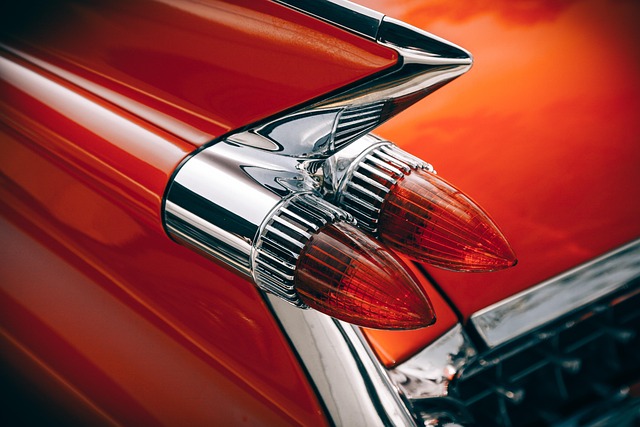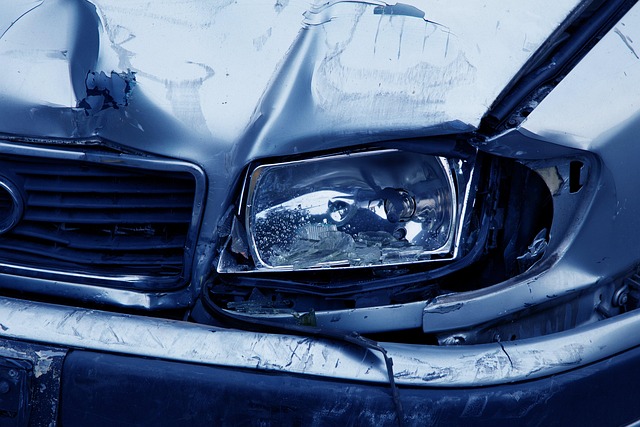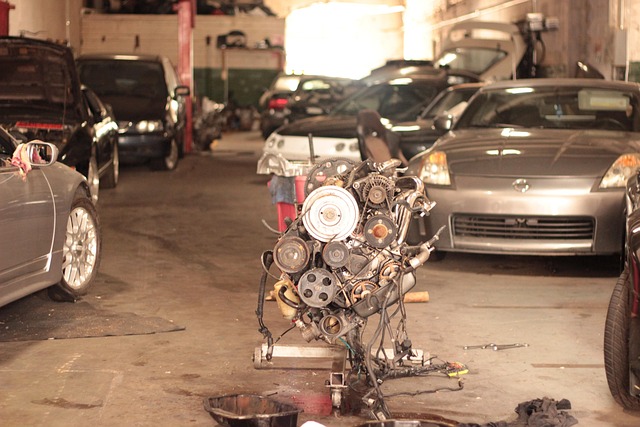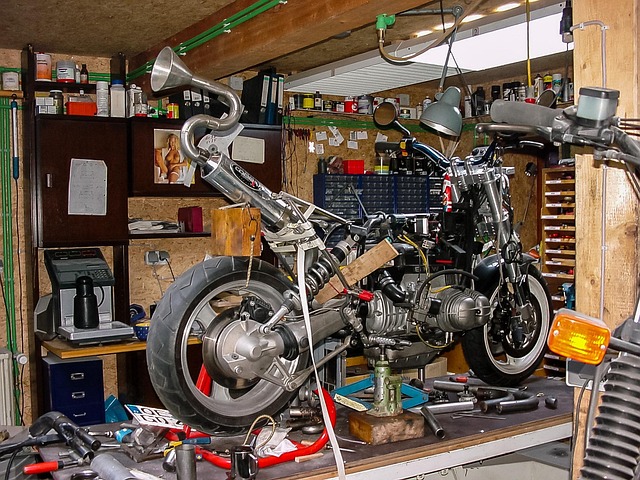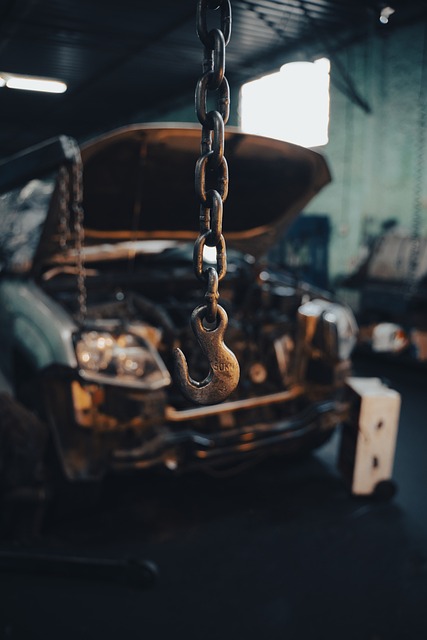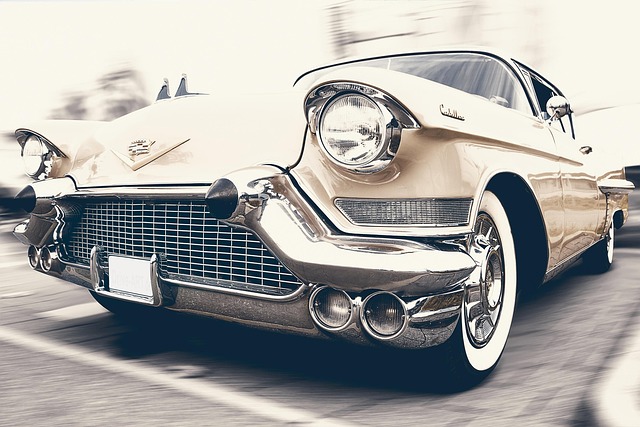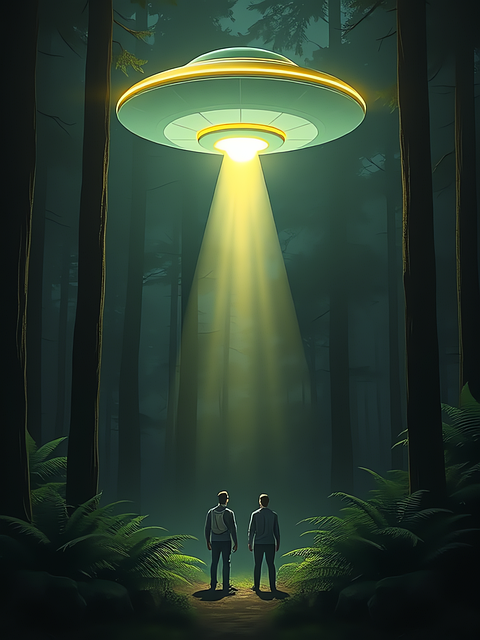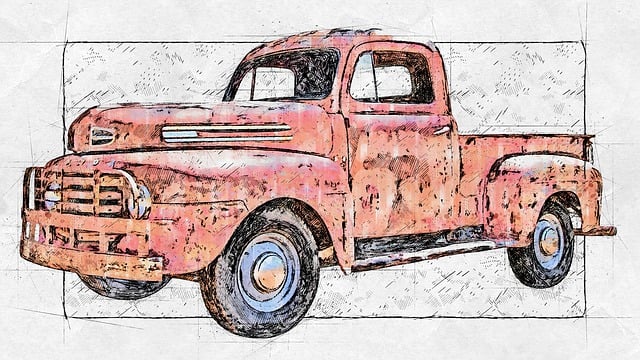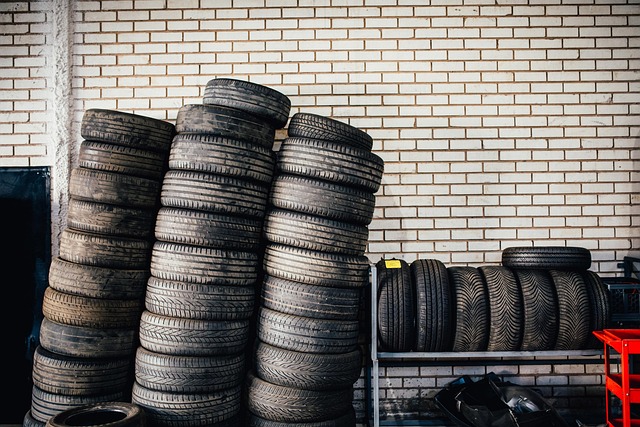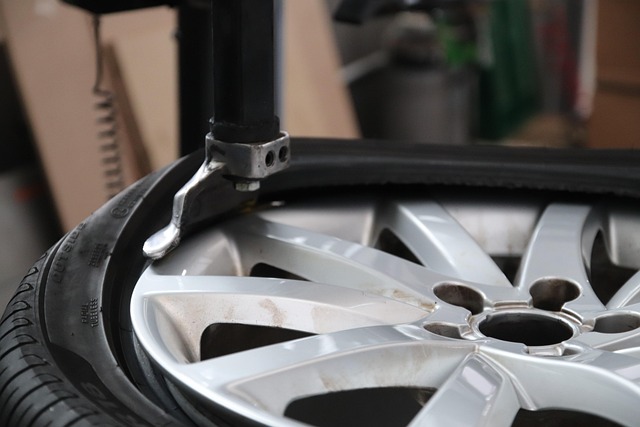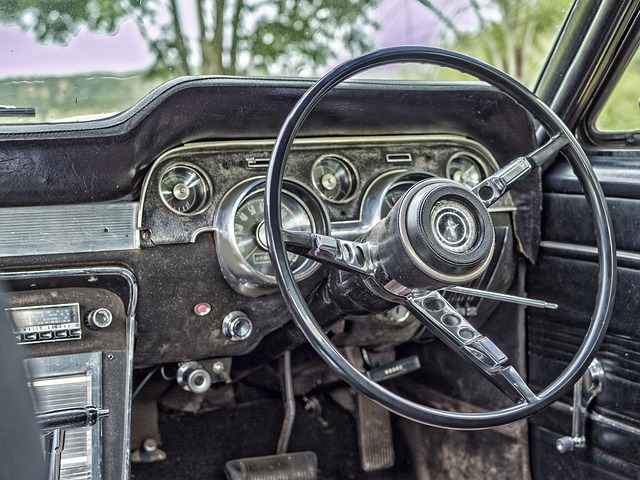Understanding Tesla's totaled vehicle assessment process is crucial for owners involved in rear-end collisions. The protocol considers impact severity, structural integrity, and repair costs versus pre-accident value to determine if a car can be repaired or deemed "totaled." Specialized professionals conduct comprehensive inspections, often identifying unique challenges like damage to the chassis, frame, and locating specialized electric vehicle (EV) parts due to Tesla's relatively new market presence. If repairs are deemed too extensive, the vehicle is classified as a "total loss," requiring navigation of insurance claims and potential replacement through specialized markets.
In the event of a rear-end collision, understanding Tesla’s totaled vehicle assessment process is crucial. This guide delves into the factors that influence the evaluation of damaged Tesla vehicles, providing insights for owners and repair shops alike. From structural integrity to advanced technology, we explore what determines if a Tesla is considered ‘totaled’ and what steps follow after such an incident. By understanding these aspects, you’ll be better equipped to navigate the assessment process.
- Understanding Tesla's Totaled Vehicle Assessment Process
- Factors Affecting the Assessment of a Totaled Tesla
- What to Expect After a Rear-End Collision with a Tesla Vehicle
Understanding Tesla's Totaled Vehicle Assessment Process

When a Tesla vehicle is involved in a rear-end collision, understanding the totaled vehicle assessment process is crucial for owners. Tesla has established a rigorous protocol to determine if a damaged car can be repaired or deemed “totaled.” This assessment considers various factors, including the severity of the impact, structural integrity, and the cost of repairs versus the vehicle’s pre-accident value. If the damage exceeds a certain threshold, often visible from exterior inspections, Tesla will categorize the vehicle as totaled.
The process involves a comprehensive evaluation by trained professionals who inspect every aspect of the car, from the chassis and frame to the interior and electrical systems. If found repairable, Tesla provides detailed estimates for auto painting and body shop services, ensuring owners are informed about potential costs. However, if the repairs are deemed too extensive or costly relative to the vehicle’s worth, it may be classified as a “total loss,” requiring owners to navigate insurance claims and potentially find suitable replacements through specialized dealerships or used car markets.
Factors Affecting the Assessment of a Totaled Tesla
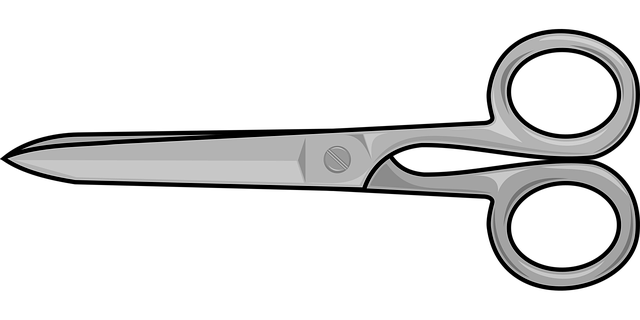
Several factors significantly influence the assessment of a totaled Tesla after a rear-end collision event. One of the primary considerations is the extent of damage to the vehicle’s structural integrity, especially in regions like the chassis and frame, which are vital for safety. Modern Teslas, known for their advanced design and materials, may have unique challenges when it comes to assessing repairability compared to conventional vehicles.
Additional factors include the availability of replacement parts, particularly for specialized electric vehicle (EV) components. Since Tesla models are relatively new to the market, finding genuine pre-owned parts could be more challenging than with more established car brands. This scenario often directs totaled Tesla owners towards trusted collision repair centers specializing in EV repairs, which can offer expert advice on auto collision repair and car paint services tailored for these advanced vehicles.
What to Expect After a Rear-End Collision with a Tesla Vehicle
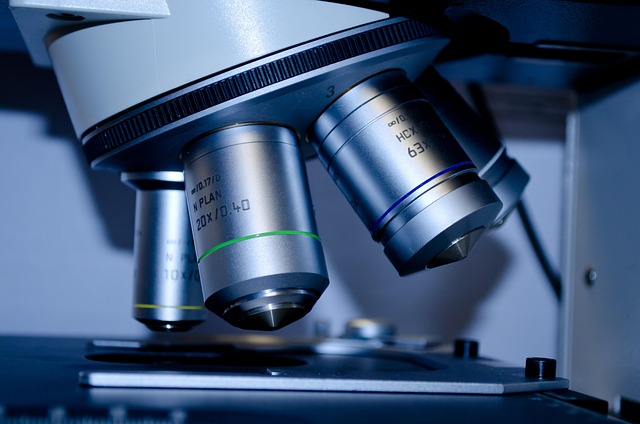
After a rear-end collision with a Tesla vehicle, several things can be expected as part of the subsequent assessment and repair process. The first step is to determine if the car is totaled or not. A “totaled” Tesla, or any vehicle for that matter, refers to one that has sustained significant damage deemed beyond economic repair. In such cases, a detailed Tesla totaled vehicle assessment will be conducted to establish the extent of the damage and the cost of repairs, which may include components like the frame, body panels, lights, and even electrical systems.
If your Tesla is not totaled but still suffered damage, it will require a visit to either a collision center or an auto body shop specializing in Tesla repairs. These professionals will appraise the damage, make necessary repairs to the vehicle body shop, and ensure the car’s structural integrity. Throughout this process, they’ll communicate with you about each step, including estimates for parts and labor. Remember that proper repair techniques and original equipment replacement parts are crucial to preserving your Tesla’s value and performance.
When a Tesla vehicle experiences a rear-end collision, understanding the company’s totaled vehicle assessment process is crucial. Several factors, including damage severity and repair feasibility, influence the outcome. After a collision, Tesla owners can expect a thorough evaluation to determine if their vehicle is repairable or considered ‘totaled’. This article has outlined the key aspects of this assessment, empowering folks to navigate this process with confidence.
